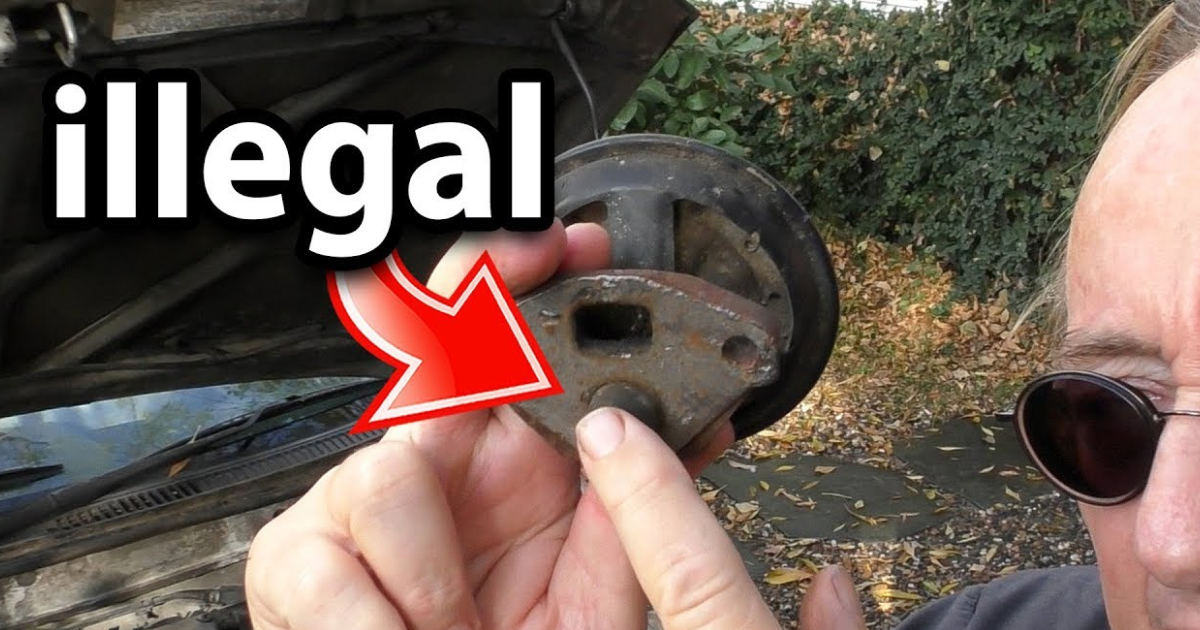It is the powertrain that decides how much torque and power your truck, SUV, or sports automobile has. The engine and drivetrain make up the powertrain. Additionally, the drivetrain includes the gearbox, wheels, axles, transfer case, driveshaft, and front and rear differentials. Your performance vehicle, SUV, or truck can’t go forward or backward without these parts, which produce the torque and power.
We neglected to include the flywheel, an integral part of the powertrain, in our previous statement. Several other parts of the powertrain will suffer damage if it fails.
What Is A Flywheel

Powertrain and drivetrain are terms that you have probably come across. Furthermore, you probably already know that these parts are responsible for the power and torque that propel your vehicle. Unfortunately, I don’t think you have a complete understanding of a powertrain. Even though it plays a crucial part in your vehicle’s movement, you might not be familiar with the flywheel.
The flywheel is a disc made of heavy metal that sits between the gearbox and the engine. Bolts on the rear of the crankshaft secure it in place. It resembles a coin and features gear teeth all around its outside. As you turn the key to start the engine, these teeth of the gear engage and spin in tandem with the starter motor.
The clutch is attached to the rear of the flywheel. Mechanics often argue about whether or not a flywheel is an integral component of a clutch system. It should be mentioned that a flywheel is fastened to an engine in order to boost torque and power.
Having said that, know that flexplates, not flywheels, are used by automated automobiles. Therefore, the symptoms of a broken flywheel are irrelevant to an automatic car. Although not all manual gearboxes use them, they are common in those that do. So, how exactly does a flywheel turn?
Now that you have a basic understanding of what a flywheel is, where to locate one, and whether or not your car has one, we can move on to its operation. It stores rational energy and, as previously said, is located between the engine and the transmission; this, in turn, improves the engine’s torque and power.
To dampen the erratic forces produced by combustion is one of its principal uses. Once you start your engine, it begins to carry out these functions.
Just recently, we covered how it integrates with the clutch mechanism. When the engine is turned on, it generates mechanical forces that must be coordinated with the gearbox; a flywheel is used to do this by the powertrain. It maintains the flow of mechanical forces from the motor to the gearbox. So long as the flywheel is operating at peak efficiency, this will be the case. If you’re curious about the function of a flywheel in a compact vehicle, The short answer is that every manual transmission uses a flywheel for the same purpose.

Conclusion
Here you won’t find questions on flywheels, such as what they are, how they work, or what signs to look out for if they break.
In addition to answering the question “what does a flywheel do?” adequately, this page also reveals the repercussions of operating a vehicle with a malfunctioning flywheel. Get in touch with a mechanic for an expert assessment and repair services if you experience any of the aforementioned issues.





